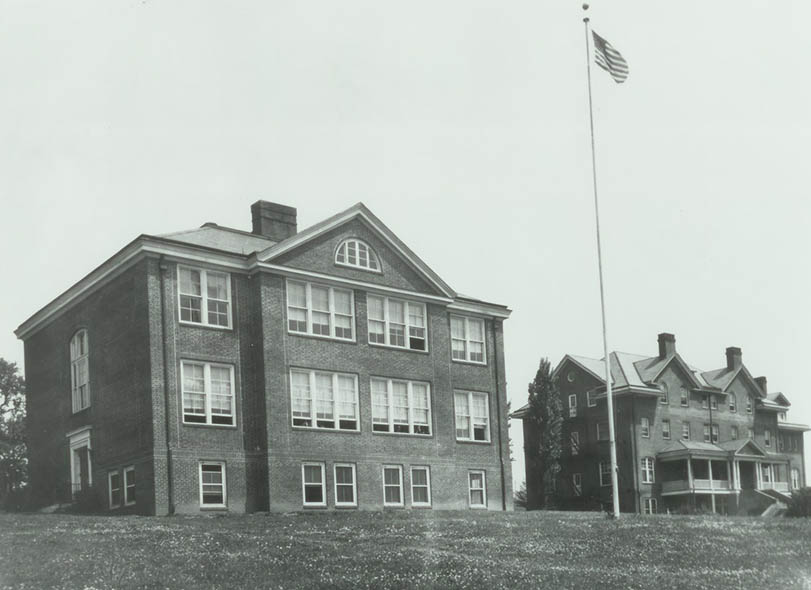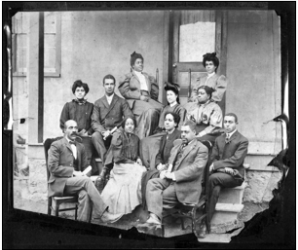
Compiled by the Rev. Bryan Bruckles (Click here to hear Bryan reading the following)
After the Civil War, the Freedmen’s Bureau started what was then called the “Hill School” with 12 former slaves. This school became the first High School in Southwest Virginia to educate the formerly enslaved.
By 1869, it had grown to over 200 students. In 1870, a group of Quakers helped fund the school and in the 1880s it was turned over completely to an African American faculty. A new chapter began for what came to be known as the Christiansburg Institute in 1896, when Booker T. Washington, founder if Tuskegee Institute, became adviser.
In a matter of a few years, Christiansburg Institute implemented a curriculum similar to those of both Tuskegee and Hampton Institutes. Its growth continued throughout the early 20th century and the school expanded to the property at 140 Scattergood Drive in Christiansburg. In 1927, the Edgar A. Long building, named after the Christiansburg Institute principal from 1906-1924, was built and stands to this day. In 1947, Christiansburg Institute was deeded to the Montgomery County, Radford and Pulaski County school systems.
During the time of segregation in Southwest Virginia, Christiansburg Institute served the educational needs of African American students for up to 15 counties at a time! This remarkable impact serves as a testament to the courage and commitment of the faculty, students and school supporters. It also, however, serves as a very stark reminder of the lengths to which African Americans had to go in order to get an education during the tragic period of racial segregation.
Christiansburg Institute closed in 1966 when local public schools were integrated.
This information is gleaned from the websites www.christiansburginstitue.com and montgomerymuseum.org/learn/historic-christiansburg-walking-tour/christiansburg-institute

